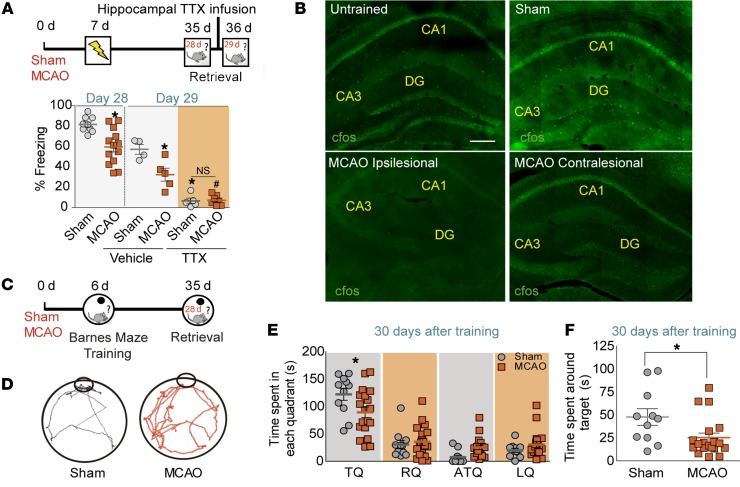Figure 2. Long-term memory deficits after MCAO are hippocampus dependent.
(A) Design for hippocampus inactivation with TTX before retrieval of fear memory. Sham-operated and MCAO mice were subjected to CFC (0.6 mA × 3) 7 days after surgery and tested 28 days after training (*P < 0.05 vs. sham operated; sham operated, n = 9; MCAO, n = 13). One day later, sham-operated and MCAO mice, allocated in 2 different groups, were bilaterally infused in the dorsal hippocampus with either vehicle or TTX. Three hours later, fear memory was evaluated as percentage of freezing (sham-operated vehicle, n = 4; MCAO vehicle, n = 5; sham-operated TTX, n = 5; MCAO TTX, n = 8; *P < 0.05 vs. sham-operated vehicle; #P < 0.05 vs. MCAO vehicle). (B) Representative images of c-Fos staining (green) in the hippocampus of untrained, sham-operated, and ischemic mice 90 minutes after a 10-minute retrieval session, 28 days after conditioning. Scale bar: 200 μm. (C–F) Barnes maze testing. (C) Experimental design. (D) Representative traces of the paths traveled during retrieval by mice in the Barnes maze obtained by EthoWatcher software. Time spent by sham-operated and MCAO mice around each quadrant (E) or around the target hole (F) in the Barnes maze platform 30 days after training. For E, 2-way ANOVA showed a significant interaction between quadrants and surgery (F(3,116) = 3.50; P = 0.0178) (Bonferroni’s post hoc: *P < 0.05 vs. sham-operated TQ; sham operated, n = 12; MCAO; n = 19). RQ, right quadrant; ATQ, antitarget quadrant; LQ, left quadrant. For F, *P < 0.05 vs. sham-operated group. Data are represented as mean ± SEM. Data were compared by using nonparametric 2-tailed Mann-Whitney U tests (A and F) or nonparametric 2-way ANOVA followed by Bonferroni’s post hoc testing (E).

